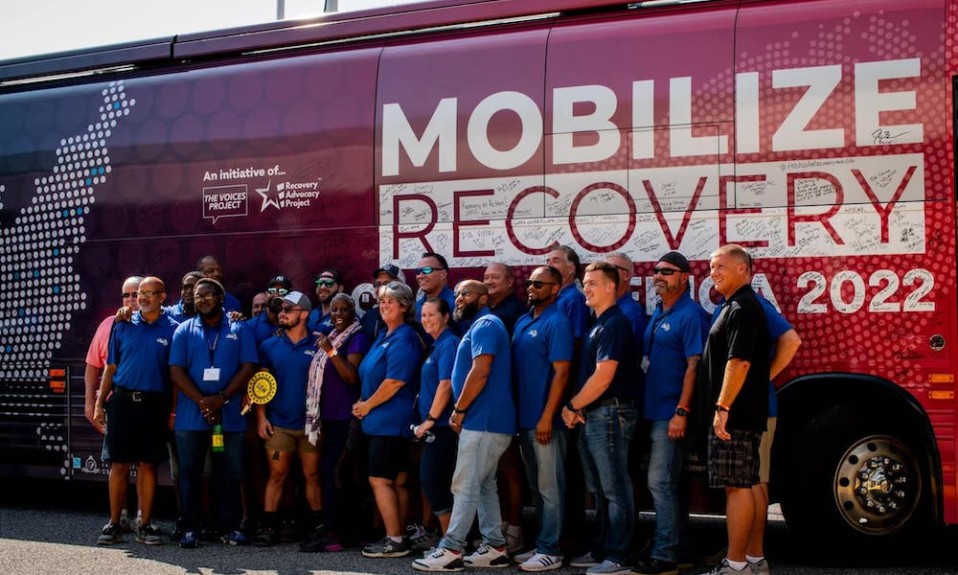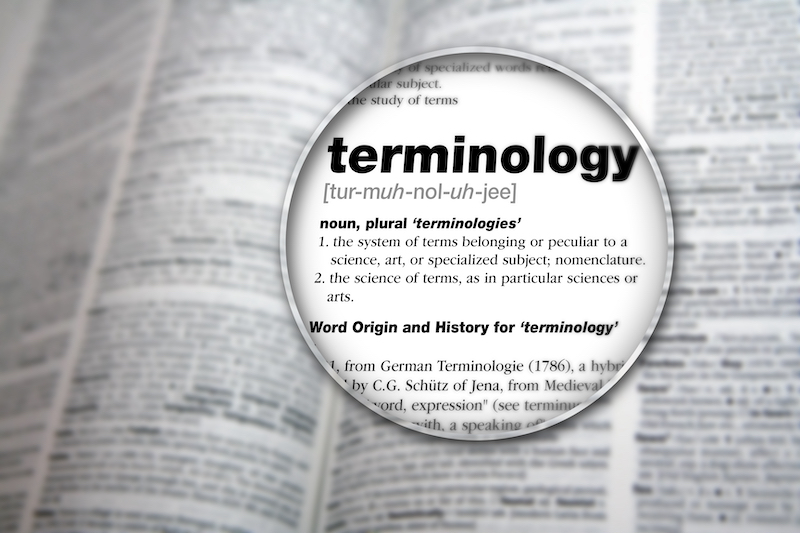The campaign, established in 2018, is widening its net to help eradicate the sting of addiction stigma for everyone
By Veronica L. Holyfield
The Lift the Label campaign, a product of the Colorado Department of Human Services’ Office of Behavioral Health (OBH), is stretching far and wide in its attempt to end the stigma that’s associated with addiction. By creating more digital content that showcases true stories from diverse voices, Lift the Label is aiming to reinforce that recovery is possible for people from all walks of life.
Barriers to effective treatment exist at every point along the way for people in the throes of their addiction, and shame and stigma are among the most common obstacles. The OBH led with this notion and initiated the conversation around what was possible in destigmatizing substance misuse disorders, particularly regarding opioid addiction. In 2018, Lift the Label was established through funding from the state opioid response grant.
We want people to seek treatment—we don’t want people to fear what the process looks like. There’s no part of our messaging that is ever fear-based. That doesn’t work.”
—Charlotte Whitney, Colorado Department of Human Services
With stories of real Coloradans who encountered stigma and overcame it to find lasting sobriety, the campaign was immediately met with a positive response. However, that reaction was from an overwhelmingly white, cisgender, straight audience. Knowing that marginalized groups—including persons of color (POC), Black, Latinx and LGBTQ populations—experience stigma at higher rates than their white, straight, cisgender counterpoints, the OBH reimagined its strategy.
“We wanted to add this layer of intentionality and more aptly reach communities of color and LGBTQIA+ communities,” says Charlotte Whitney, communications and outreach manager at the Colorado Department of Human Services. “How can we, as a campaign, reach these audiences we need to and find out what messaging is going to resonate with them?”
The Evolution of Lift the Label
Through an open forum designed for people to share their own experiences, speaking to people who had supported those in marginalized communities who had suffered from an opioid use disorder, and examining the intersectional layers of stigma, OBH gained much-needed insight.
“One of the big pieces of feedback I remember was in our African American Coloradan focus group,” Whitney says. “They’re like, ‘I am a Black person first. I experience all my stigma there, then the stigma from substance use disorder.’ So, we really had a hard time recruiting these faces and voices, because they experienced stigma just on how they present before they even tell you [addiction] is part of their story.”
The opioid crisis in the Black and African American population is a particularly urgent issue, according to a report by the Substance Abuse and Mental Health Services Administration (SAMHSA). A 2020 brief released by SAMHSA notes that not only do people from this group face high rates of death due to overdose (12.9 per 100,000 people) and the fastest-rising rate of overdose deaths from synthetic opioids, but they also are more likely to be criminalized for their actions. Although Black and African Americans represented 12% of the population in 2017, they made up one-third of the prison population, according to the brief.

After creating new content that elevates the narratives of these populations, OBH is eager to see what kind of impact it has. Now, with a few simple clicks around the Lift the Label website, there is a clear message that recovery is possible for everyone. A wide variety of ages, racial backgrounds and genders are featured in the stories of hope, and Whitney and her campaign colleagues are optimistic that more people will be helped.
While the campaign at the moment is strictly digital—another barrier to reaching some people in these minority groups—OHB is currently working on creating print marketing materials that will reach an even wider audience. Another obstacle for the campaign is that Indigenous communities are still underrepresented. The office, however, is working alongside tribal liaison Shelly Solopow to more adequately communicate with and create materials for those communities. A recent call to action to acquire artwork submissions from Native artists to include in Lift the Label’s Recovery Card Project is just one of the initiatives.
“We want people to seek treatment—we don’t want people to fear what the process looks like,” Whitney says. “There’s no part of our messaging that is ever fear-based. That doesn’t work. There is hope—recovery is possible—is the absolute core of our campaign.”
Photos: Pexels













